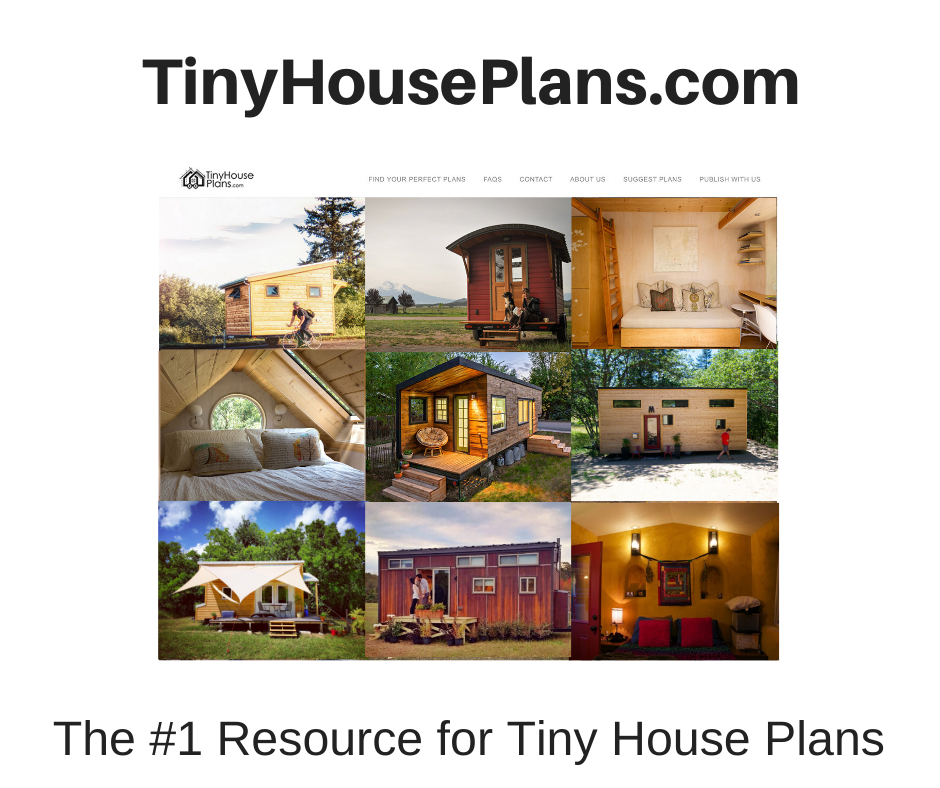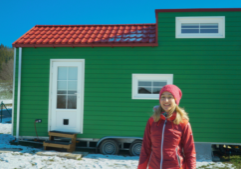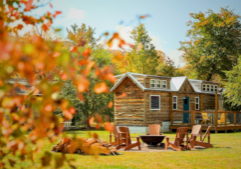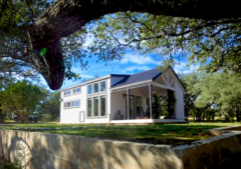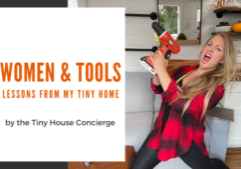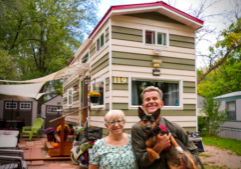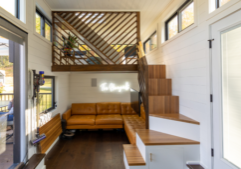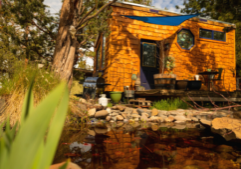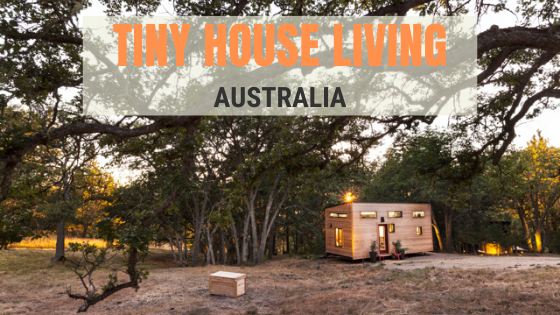
Tiny Houses in Australia: How to Acquire Your Own Property
If you are thinking about buying property in Australia, there are certain things you should know. Read on to learn all about tiny houses in Australia.
Are you looking for a new place in Australia? Are you struggling to find the right house because of soaring prices?
The median property prices in Melbourne and Sydney are still the world’s most expensive.
For someone who is coming from the middle class, finding an affordable home is a tall order. Thankfully, there are tiny houses in Australia that are excellent alternatives.
But acquiring a tiny house does not only involve raising enough money. There are important factors you must first consider.
Continue reading below as we break down the essentials in acquiring a tiny house in Australia.

The Case for the Tiny House
Tiny houses are somewhat polarizing to a certain extent. Despite their affordability, some people still shun them. Some folks believe they simply cannot live in a very small space and can't imagine other people wanting to.
Others invest in tiny houses for business purposes. They post their small homes in Airbnb to generate extra income. Though some people still prefer serviced apartments, tiny homes still get their share of the market.
But what truly makes the tiny house stand out?
Under Australia's Internal Residential Code, you can call a house "tiny" if it has square footage below 400 or 37 square meters. A tiny house is six times smaller than a standard home measuring 2,500 square feet.
They are mini versions of regular houses but with wheels. These things allow owners to transport them, similar to a caravan. Though, a tiny home could be built or placed on a foundation.
On top of mobility, tiny houses also offer simplicity and sustainability. Living in a tiny house means downsizing. This means keeping only the essential items and discarding the ones that provide no use or value.
Furthermore, tiny houses come with environmental benefits. They require smaller operational energy because of their size. This significantly reduces your carbon footprint.
Since they are tiny, people can set them up close to the homes of their relatives. This helps reduce travel times and traffic on the road.
Tiny Houses in Australia: Factors to Consider
Before you hunt for tiny houses in Australia, you need to understand some key factors.
Here are the most important things you need to consider during your search:
The Country's Regulations
If we are going to be technical, there are no regulations for tiny houses in the country. However, there are regulations when it comes to the location where you will build the house. The good thing about this is you have the option to build a tiny house on a vehicle.
You may also build the house on a trailer. If you go this route, there are regulations concerning the size of the trailer that you can drive on the road. The country only allows trailers with a maximum width of 2.5 meters and a height of 4.5 meters.
From Scratch or Pre-Made?
You also have the option to go for a pre-made tiny house or build one from scratch. A pre-made tiny home is perfect for people who want to move in immediately.
But if you want to incorporate your design ideas, building one from scratch is the way to go. If you have the skills and tools, you can create your own house on a trailer. If you don't have the luxury of time, you can hire tiny house builders to execute your designs.
Wheels or Stationary?
How often do you want to travel or move your tiny home? You can decide between a vehicle (van life, house truck, etc.) and a tiny house on wheels (built on a trailer). If you are a frequent traveler, building a house on the back of your vehicle might be better for gas efficiency and maneuverability on smaller, rougher roads. This gives you the versatility that you need as you travel across the country.
But if you wish to live in a "bigger" tiny house, the trailer is the way to go. This also gives the option to fairly easily relocated as desired or needed (because of a new job, emergency evacuation, etc.). Though, if you definitely wanted to be rooted, consider building on a foundation (on-site or a house that can be brought in by trailer & then placed on a foundation).
The Framing Materials
When it comes to the framing materials, you have three options. There is the fiberglass composite, the cool room, and the steel framing.
Among the three, fiberglass is the lightest, weighing 4kg to 5kg per square meter. It is also the most expensive. You also need to complete your wiring diagram before manufacturing the panels.
Meanwhile, the cool room panel is waterproof, thin, and highly-insulated. It is also the easiest to work with and customize. Also, it is cheaper compared to fiberglass.
As for steel framing, it offers durability, especially if you wish to install some additions. Steel framing can reinforce your extra storage spaces and awning recesses. You can also install electrical systems faster by removing the cladding of the frame.
The Volt System
You also need to choose your volt system. The common options are the 24 or 48-volt systems. You pair them with a 230 volt AC inverter.
The Toilet
As for your toilet, you can go for a regular or a composting one. The downside with regular toilets is that they use up too much water. You also need to pump out the small water tank regularly.
On the flip side, composting helps you save more water. You can also install one that you only need to empty once a month.
Your Budget
Last but not least, you need to come up with a budget. You need to consider the different factors above when finalizing your budget.
If you are looking to build most of the tiny house, a budget of $50,000 to $80,000 will do. It is enough to cover the truck, the frame of the house, and the entire structure.
But if you wish to go for a pre-made home, expect to pay around $100,000. This is still way cheaper compared to a house and lot in a subdivision that will cost you about $350,000.
Maximize Your Home
Investing in tiny houses in Australia is a wise decision for individuals and couples looking for affordable spaces. They are excellent alternatives to traditional homes. They also provide mobility for people on-the-go.
Since they offer a small space, you need to maximize them to the fullest. Check out our other articles on tiny house living and home improvement. We provide tips that will help improve your indoor living experience regardless of the size of your home.
Don't miss the Tiny House Australia Festival happening this March! See our event calendar for more tiny living events happening around the world.
Matching you with your dream tiny house plans!

